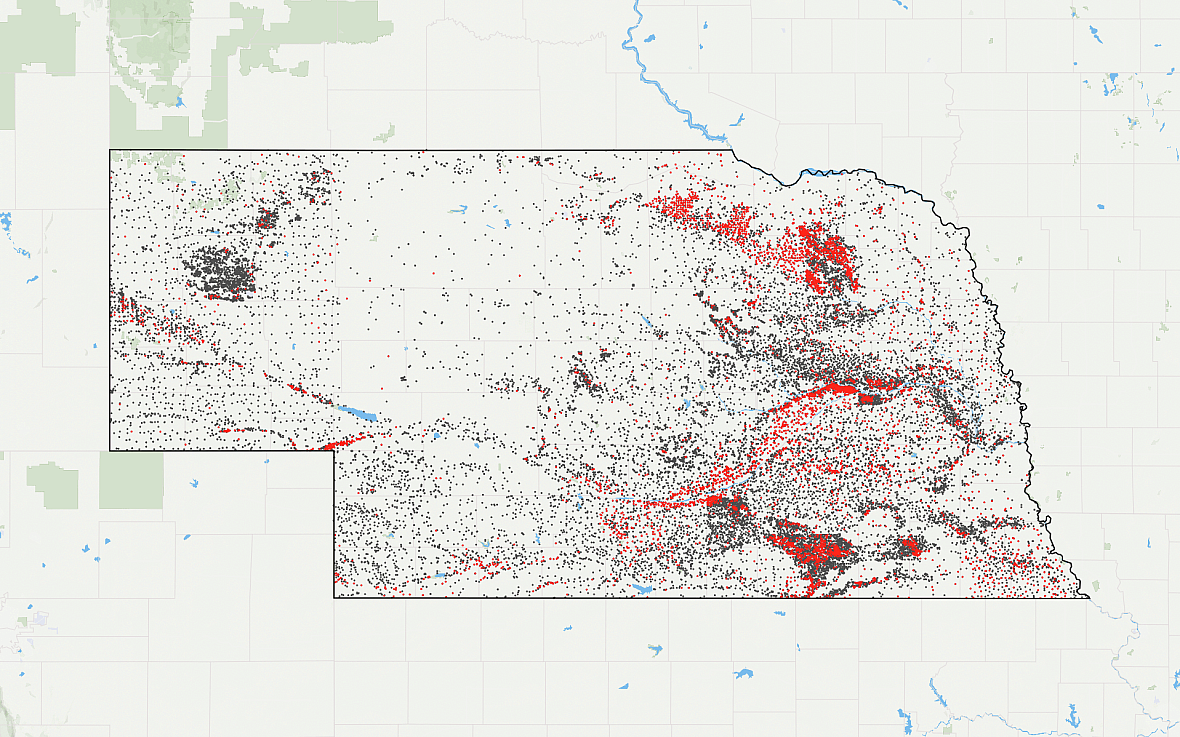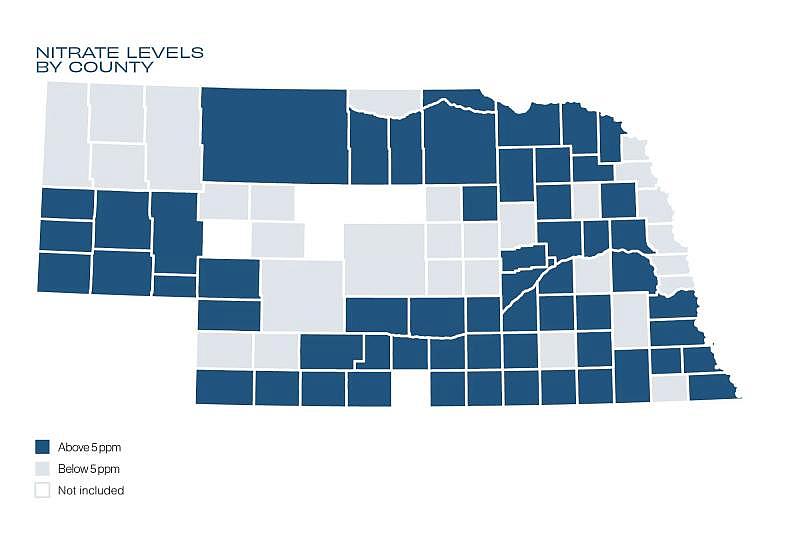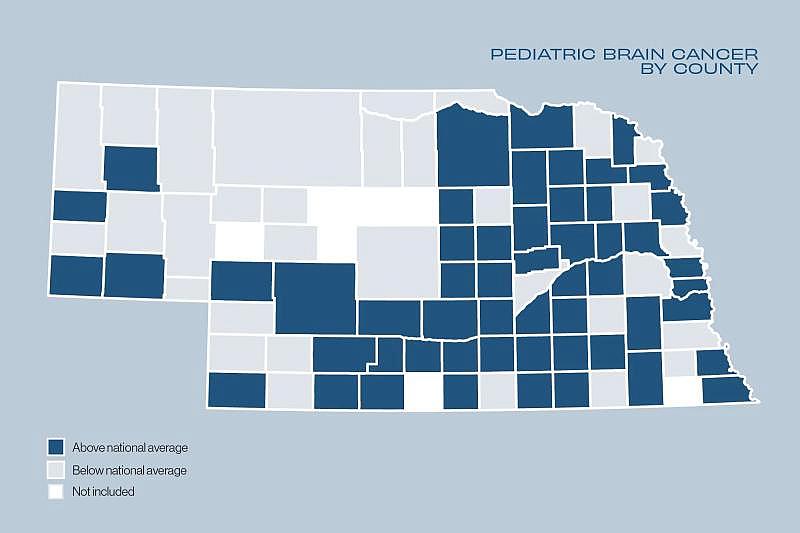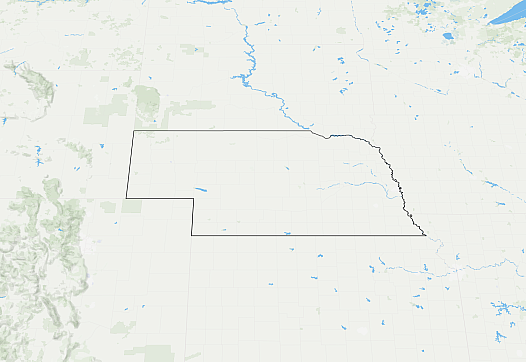Quick Hit: Nebraska’s water is laced with nitrate. It’s likely harming our kids
The story was originally published in Flatwater Free Press with support from the USC Annenberg Center for Health Journalism’s 2022 National Fellowship.

A map of Nebraska wells. Those marked red are above the EPA drinking water limit for nitrate.
(Map by Hanscom Park Studio)
What happened
The water many Nebraskans drink, shower with and take for granted is high in nitrate. And, after decades of inaction, the problem is growing worse. The statewide median nitrate level in our groundwater has doubled since 1978.
Fifty-nine different community water supplies have violated the EPA’s safe drinking water limit on nitrate in the past dozen years. Many residents, as well as rural Nebraskans who drink from largely unregulated private wells, may be unknowingly drinking and bathing in water that is dangerously high in nitrate.
The problem, experts say, stems chiefly from Nebraska’s biggest cash crop, corn, and the nitrogen fertilizer we apply to it to make it thrive. Runoff from feedlots and the fertilizer we apply on golf courses and lawns also leach nitrate into our water supply, though in much smaller amounts.
Despite the evidence that Nebraska’s nitrate problem is growing and spreading through regions of the state, state and local governments have never fined or stopped someone who is using excessive amounts of nitrogen fertilizer, NRD leaders say.
Nebraska wells
State and local governments test Nebraska wells — identified by the gray dots on the map below — in part because we have long known water quality is a problem.
The 6000-some red dots are wells that, when last tested, had a higher nitrate level than the EPA drinking water standard.
Drag and zoom the map to explore. Source: Flatwater Free Press analysis of the Nebraska Groundwater Quality Clearinghouse data
Why it matters
In a word, cancer.
Nebraska has the highest pediatric cancer rate west of Pennsylvania.
Recent University of Nebraska Medical Center studies have found that areas that have elevated nitrate levels also have elevated levels of lymphoma, leukemia and brain cancer rates in children.
High nitrate levels are closely linked to colorectal cancer, connected to thyroid disease and associated with birth defects, premature labor and miscarriages.
The nitrate problem is also costing Nebraska taxpayers serious amounts of cash to clean up when it gets out of control in a Nebraska town. Hastings, for example, had to spend $15 million on a reverse osmosis treatment system.
A link between nitrate and cancer?
Slide the arrows right or left to compare Nebraska counties with high nitrate levels in groundwater to counties with high pediatric brain and central nervous system cancer rates. UNMC research has found a geographic correlation between the two.


Source: Geospatial Distribution of Age-Adjusted Incidence of the Three Major Types of Pediatric Cancers and Waterborne Agrichemicals in Nebraska, Ouattara et al., 2022


